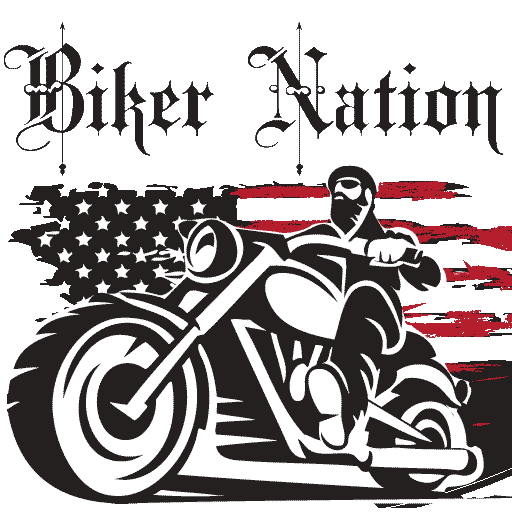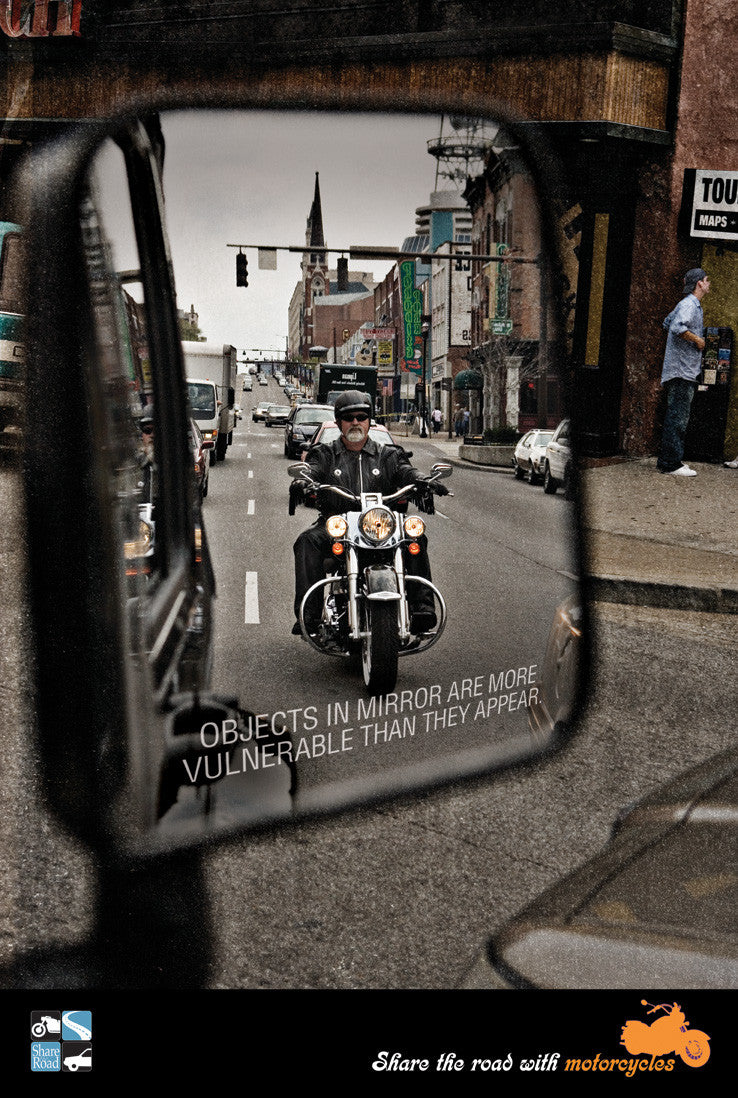With the fair weather months upon us, the chances of motorists interacting with motorcycles on the roadways are likely. According to the Motorcycle Safety Foundation , motorcycle fatalities have been on the rise an average of 10% per year over the last 20 years. National Highway Traffic Safety Administration (NHTSA) Traffic Safety Facts statistics also show their percentage of overall traffic fatalities and injuries has also had a steady increase.
Even though motorcycles account for less than 5% of registered vehicles in the US, they are traveling some 21 million miles each year. NHTSA reports that per vehicle traveled, motorcyclists were more than 26 times more likely than passenger car occupants to die in a traffic crash. That is an astounding number.
Certainly there are patterns to be found in the crash data for motorcycle incidents. Motorcycle collisions are more likely with fixed objects than other vehicles; however, about 75% of two-vehicle crashes involving motorcycles were motorcyclists colliding with vehicles in front of them. They are more likely to crash with other vehicles turning left, while the motorcycles were going straight, passing, or overtaking passenger vehicles.
How do we, as motorists, improve motorcycle safety awareness? Most of the time, it is haste that is our shortcoming. Vehicles changing lanes into the motorcycle path or cutting them off, often lead to the motorcycle having to abruptly slow, stop, or swerve. Similarly, vehicles tend to turn into the path of oncoming motorcycles when turning left, because they misread how much response time there is. Some 33% of motorcycle crashes are intersection related. David Pabst, director of the WisDOT Bureau of Transportation Safety, offers the following advice: “Drivers can easily misjudge the speed and distance of an approaching motorcycle because of its smaller dimensions. To prevent crashes, drivers should check the position of a motorcycle at least two or three times before they proceed through an intersection or make a turn.”
NHTSA offers several tips for drivers on how to “Share the Road” with motorcycles:
- A motorcycle has the same rights and privileges as any other vehicle on the roadway.
- Allow the motorcyclist a full lane width. Although it may seem there is enough room in the traffic lane for an automobile and a motorcycle, remember the motorcycle needs the room to maneuver safely. Do not share the lane.
- Motorcycles are small and may be difficult to see. A motorcycle has a much smaller profile than a vehicle, which can make it more difficult to judge the speed and distance of an approaching motorcycle.
- Remember that a motorcyclist can be hidden in a vehicle’s blind spot or missed in a quick look due to its smaller size. Always make a visual check for motorcycles by checking mirrors and blind spots before entering or leaving a lane of traffic and at intersections.
- Don’t be fooled by a flashing turn signal on a motorcycle – motorcycle signals may not be self-canceling and riders sometimes forget to turn them off. Wait to be sure the motorcycle is going to turn before you proceed.
- Remember that road conditions that are minor annoyances to motorists can pose major hazards to motorcyclists. Motorcycle riders may change speed or adjust position within a lane suddenly in reaction to road and traffic conditions such as potholes, gravel, wet or slippery surfaces, pavement seams, railroad crossings, and grooved pavement.

